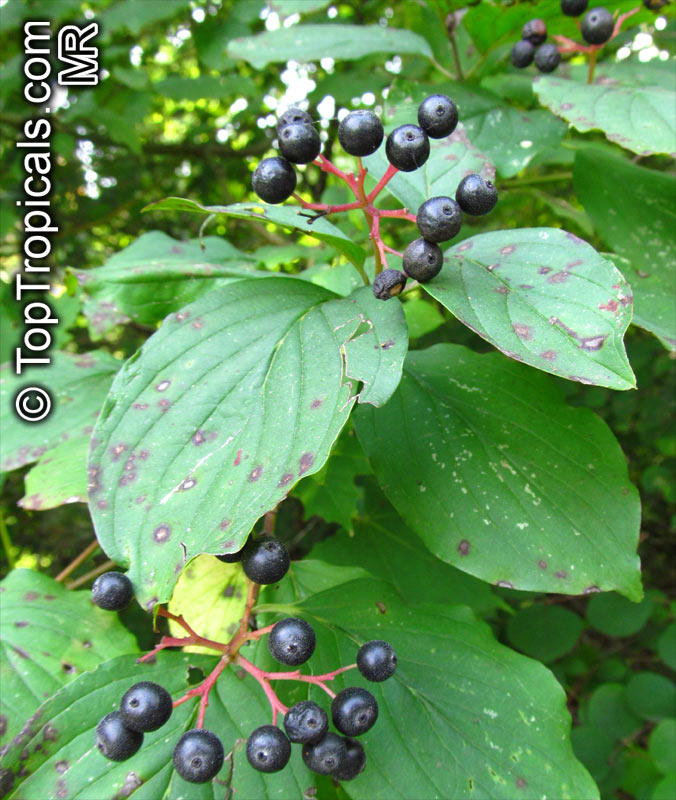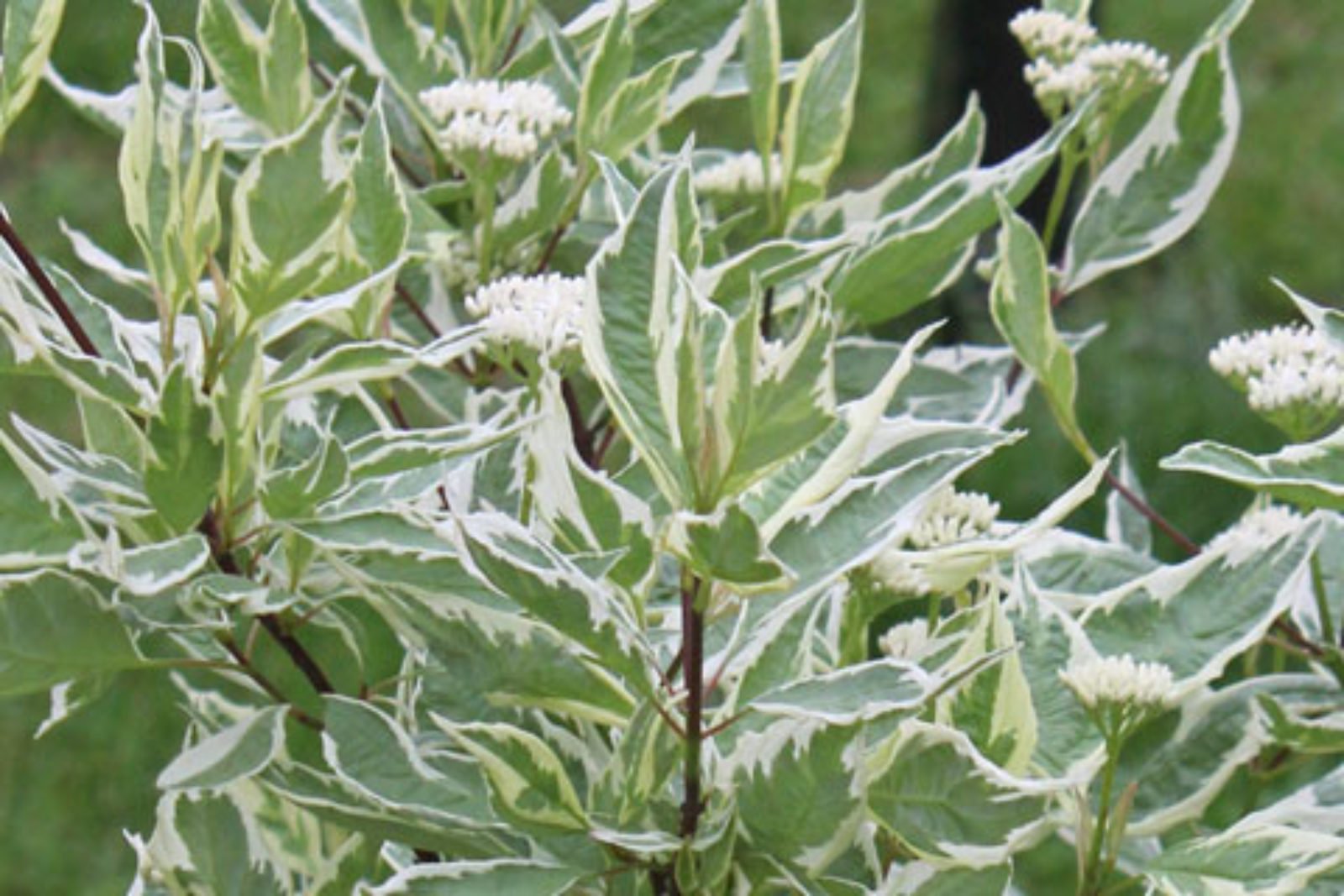


(2017) On plant modularity traits: functionsĪnd challenges. Ottaviani G., Martínková J., Herben T., Pausas J. (2017) CLO-PLA: a database of clonal and budbank Klimešová J., Danihelka J., Chrtek J., de Bello F. – Perspectives in Plant Ecology, Evolution and Spectrum: Environmental and demographic implications. (2016) Links between shoot and plant longevity and plant economics The CLO-PLA categories were further divided into separate categories for herbaceous vs woody plants, and taxa not included in CLO-PLA were added. The woody plants are divided into dwarf shrubs (woody plants lower than 30 cm, also including suffruticose plants with erect, herbaceous shoots growing from woody stems at the base, which die out in autumn except for the lowest part with regenerative buds), shrubs (woody plants higher than 30 cm, branched at the base), trees (woody plants with trunk and crown), woody lianas and parasitic epiphytes, which include only two species of the Czech flora, Loranthus europaeus and Viscum album.ĭata were partly taken from the aggregated CLO-PLA 3.4 database (Klimešová et al.

The other categories include woody plants, which may but need not possess organs of clonal growth and may be able or not of fragmentation and vegetative reproduction. Perennial herbs are divided into three categories: (i) monocarpic perennial non-clonal herbs, which reproduce sexually only once in their life and do not possess woody aboveground parts or organs of clonal growth, (ii) polycarpic perennial non-clonal herbs, which reproduce sexually several times during their life and do not possess organs of clonal growth, and (iii) clonal herbs, which possess organs of clonal growth enabling them to make fragments during their life and to form independent units (ramets) by vegetative reproduction the whole plant reproduces sexually several times during its life, while individual ramets may reproduce once or several times during their life. They may but need not be clonal their clonality typically does not result in fragmentation. Annual herbs live for one season only and reproduce by seed usually in the same season in which they germinated. Here the growth form is classified into nine categories, which also consider herbaceous vs woody nature of the stem. Promptly remove any suckers to prevent spread.Growth form describes the potential life span of the plant and its parts (ramets), its reproductive strategy and durability of its aboveground parts (Klimešová et al.Low maintenance, this plant is deer resistant and generally pest and disease free.Perfect as a specimen plant, as a hedge or screen, for cottage gardens.
Cornus mas form full#
A full sun or part shade lover, this plant is best grown in average, medium moisture, well-drained soils.



 0 kommentar(er)
0 kommentar(er)
